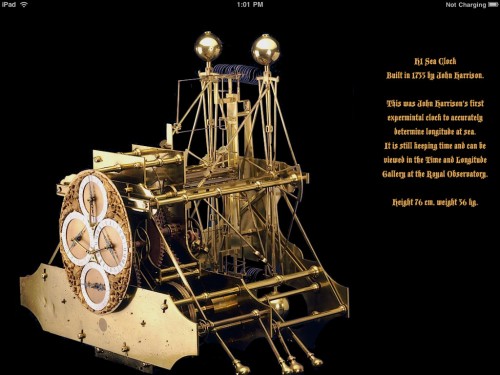Sean Captain at FastCompany: “These days GPS technology can get you as close as about 10 feet from your destination, close enough to see it—assuming you can see.
But those last few feet are a chasm for the blind (and GPS accuracy sometimes falls only within about 30 feet).
“Actually finding the bus stop, not the right street, but standing in the right place when the bus comes, is pretty hard,” says Dave Power, president and CEO of the Perkins School for the Blind near Boston. Helen Keller’s alma mater is developing a mobile app that will provide audio directions—contributed by volunteers—so that blind people can get close enough to the stop for the bus driver to notice them.
Perkins’s app is one of 29 projects that recently received a total of $20 million in funding from Google.org’s Google Impact Challenge: Disabilities awards. Several of the winning initiatives rely on crowdsourced information to help the disabled—be they blind, in a wheelchair, or cognitively impaired. It’s a commonsense approach to tackling big logistical projects in a world full of people who have snippets of downtime during which they might perform bite-size acts of kindness online. But moving these projects from being just clever concepts to extensive services, based on the goodwill of volunteers, is going to be quite a hurdle.
People with limited mobility may have trouble traversing the last few feet between them and a wheelchair ramp, automatic doors, or other accommodations that aren’t easy to find (or may not even exist in some places).Wheelmap, based in Berlin, is trying to help by building online maps of accessible locations. Its website incorporates crowdsourced data. The site lets users type in a city and search for accessible amenities such as restaurants, hotels, and public transit.
Paris-based J’accede (which received 500,000 euros from Google, which is the equivalent of about $565,000) provides similar capabilities in both a website and an app, with a slicker design somewhat resembling TripAdvisor.
Both services have a long way to go. J’accede lists 374 accessible bars/restaurants in its hometown and a modest selection in other French cities like Marseille. “We still have a lot of work to do to cover France,” says J’accede’s president Damien Birambeau in an email. The goal is to go global though, and the site is available in English, German, and Spanish, in addition to French. Likewise, Wheelmap (which got 825,000 euros, or $933,000) performs best in the German capital of Berlin and cities like Hamburg, but is less useful in other places.
These sites face the same challenge as many other volunteer-based, crowdsourced projects: getting a big enough crowd to contribute information to the service. J’accede hopes to make the process easier. In June, it will connect itself with Google Places, so contributors will only need to supply details about accommodations at a site; information like the location’s address and phone number will be pulled in automatically. But both J’accede and Wheelmap recognize that crowdsourcing has its limits. They are now going beyond voluntary contributions, setting up automated systems to scrape information from other databases of accessible locations, such as those maintained by governments.
Wheelmap and J’accede are dwarfed by general-interest crowdsourced sites like TripAdvisor and Yelp, which offer some information about accessibility, too. For instance, among the many filters they offer users searching for restaurants—such as price range and cuisine type—TripAdvisor and Yelp both offer a Wheelchair Accessible checkbox. Applying that filter to Parisian establishments brings up about 1,000 restaurants on TripAdvisor and 2,800 in Yelp.
So what can Wheelmap and J’accede provide that the big players can’t? Details. “A person in a wheelchair, for example, will face different obstacles than a partially blind person or a person with cognitive disabilities,” says Birambeau. “These different needs and profiles means that we need highly detailed information about the accessibility of public places.”…(More)”


